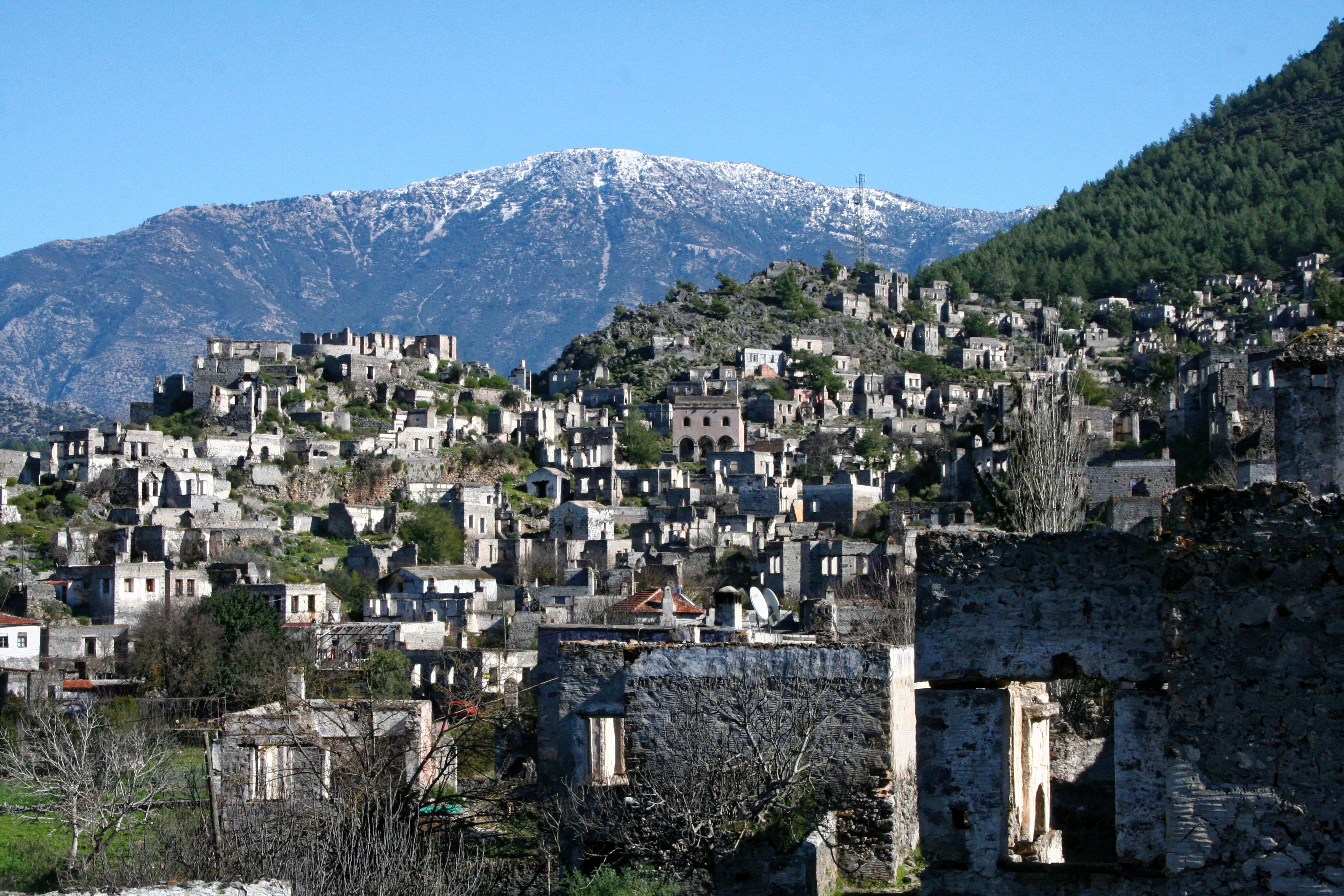 Photo permit included
Photo permit included
 Tour by public transport
Tour by public transport
 Canal Boat tour included
Canal Boat tour included
 Train tickets included
Train tickets included
 Suitable for little children
Suitable for little children
 Wheelchair accessible tour
Wheelchair accessible tour
 Museum ticket included
Museum ticket included
 Light snack included
Light snack included
 Lunch included
Lunch included
 Transportation included
Transportation included
 Walking Tour
Walking Tour
Antalya is in the Mediterranean region, and is an attractive city with shady palm-lined boulevards, with a prize-winning marina on the Mediterranean. In the picturesque old quarter, Kaleici, narrow winding streets and old wooden houses abut the ancient city walls. The region around Antalya offers sights of astonishing natural beauty as well as historical remains. You can walk behind the cascade, at the Upper Düden Waterfalls, at the Lower Düden Waterfalls plunge straight into the sea. The Kursunlu Waterfalls and Nilüfer Lake, are two more places of superb natural beauty. Konyaalti Beach offers a view of the breathtaking Taurus mountain range. On the eastern side of Can Mountain, the Karain Cave, which dates from the Paleolithic Age (50,000 BC) is the site of the oldest settlement in Turkey. The ruins of the city of Termessos, are perched on a 1050 meter high plateau on the west face of Güllük Mountain. The Archaeological Museum, with remains from the Paleolithic Age to Ottoman times, offers a glimpse of the area's rich history.
What's included
- English Speaking Guide
- Air-Conditioned Transportation
Highlights
Itinerary
You will travel to cosmopolitan Antalya, the premier coastal resort of the region, an exciting blend of period architecture and contemporary style.
You will stop at Hadrian’s Gate, the Kalekapisi clock tower, Republic Square with its dramatic statue and stunning views across the Mediterranean and the distant Olympos mountains. From the square, take a stroll through the narrow, winding streets of Old Antalya (Kaleiçi), until you reach the fine Antalya Museum.
Then on to Perge (Perga). Once the capital of Pamphylia, and one of the most beautiful and wealthy cities of ancient times, Perge was a place of importance for both the Ancient Greek and Roman civilizations.
As a relic of the past, it is still important today. Famous for its temple of Artemis and notable as the birthplace of the Greek mathematician, Apollonius of Perge, this is the Ancient Greece of your imagination, with ruined temple buildings and standing columns, a Roman bath, colonnaded street, Agora, stadium, and viaduct all on a show for modern-day visitors.
Your next destination is Aspendos, where you will be able to explore the best-preserved Roman Theatre in the world. Built-in AD 155 by the Greek architect Zenon, the 15,000-seat stadium once resounded to the noise of ancient crowds enjoying the classic plays and texts, and even today remains in use as a place for modern performance and entertainment, including the annual Song Festival.







